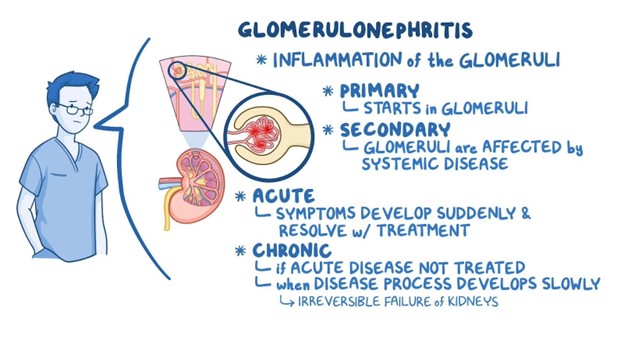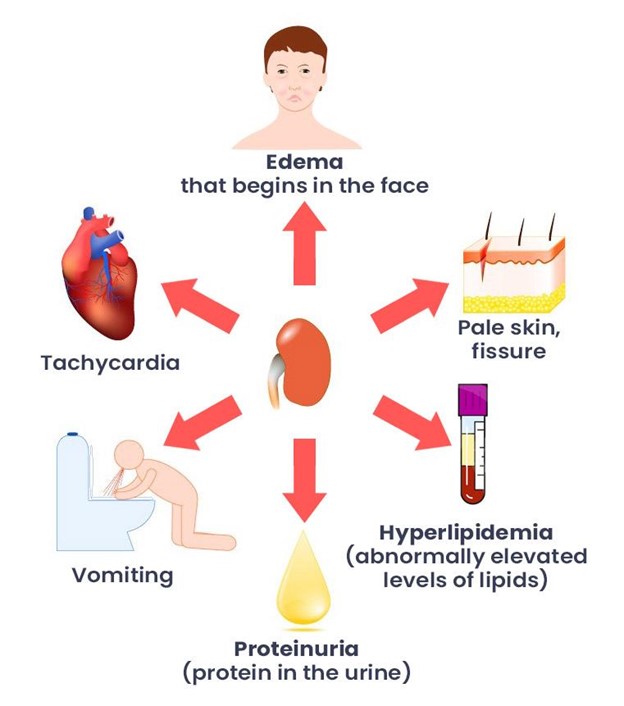A nurse is teaching a school-age child who has type 1 diabetes mellitus and his parents about illness management. Which of the following instructions should the nurse include?
"Limit fluid intake during meal time."
"Notify the provider if blood glucose levels are over 350 milligrams/decilitre
Test the urine for ketones.
"Withhold insulin dose if feeling nauseous"
The Correct Answer is C
A) "Limit fluid intake during mealtime":
Limiting fluid intake during meals is not a standard practice for managing type 1 diabetes. Proper hydration is important for overall health, and fluids should be consumed as needed.
B) "Notify the provider if blood glucose levels are over 350 milligrams/deciliter":
Blood glucose levels over 350 mg/dL can indicate hyperglycemia, which requires prompt attention. High blood glucose levels can lead to complications if not addressed promptly. Contacting the healthcare provider is an appropriate step. However, consistent Blood Glucose Levels Above 240 mg/dL (13.3 mmol/L) or presence of symptoms like frequent urination, thirst, blurry vision, or fatigue) are concerning. The client should have contacted the health care provider by this point.
C) "Test the urine for ketones":
Testing urine for ketones is an important instruction. Ketones are produced when the body breaks down fat for energy, often in the absence of sufficient insulin. High ketone levels can indicate diabetic ketoacidosis (DKA), a serious complication. Regular ketone testing, especially during illness or high blood glucose levels, helps monitor for DKA.
D) "Withhold insulin dose if feeling nauseous":
This instruction is not accurate. Nausea could be a sign of various conditions, including illness. Insulin should not be withheld without consulting a healthcare provider. Managing insulin doses appropriately is crucial to maintaining blood glucose control
Nursing Test Bank
Naxlex Comprehensive Predictor Exams
Related Questions
Correct Answer is D
Explanation
A) Absence of proteinuria:
Chronic glomerulonephritis often involves damage to the glomeruli in the kidneys, which can lead to the leakage of protein into the urine, resulting in proteinuria. The absence of proteinuria would be an unexpected finding in a patient with chronic glomerulonephritis. Therefore, this choice is incorrect.
B) Serum phosphorus 4.0 mg/dL (within expected reference range):
Serum phosphorus levels within the expected reference range are not directly related to chronic glomerulonephritis. While abnormalities in electrolyte levels might occur due to kidney dysfunction, serum phosphorus within the normal range is not a hallmark finding of glomerulonephritis. Therefore, this choice is incorrect.
C) Serum potassium 3.8 mEq/L (within the expected reference range):
Similar to serum phosphorus, serum potassium levels within the normal range are not specific to chronic glomerulonephritis. Kidney dysfunction can indeed affect electrolyte levels, but a serum potassium level within the normal range doesn't provide specific information about glomerulonephritis. Therefore, this choice is incorrect.
D) BUN 50 mg/dL (elevated):
Blood Urea Nitrogen (BUN) is a waste product that is filtered by the kidneys. Elevated BUN levels indicate impaired kidney function, as the kidneys are less efficient at filtering and excreting waste products. Chronic glomerulonephritis can lead to progressive kidney damage, which can result in elevated BUN levels due to decreased filtration and clearance. Therefore, an elevated BUN level is an expected finding in a patient with chronic glomerulonephritis.

Correct Answer is C
Explanation
A) Smokey brown urine:
This finding is not typically associated with nephrotic syndrome. Smokey brown urine might indicate the presence of blood in the urine, which can be seen in conditions such as hematuria or certain kidney infections.
B) Polyuria:
Polyuria refers to excessive urination and is not a primary characteristic of nephrotic syndrome. However, children with nephrotic syndrome may have decreased urine output due to the loss of fluid and proteins through the damaged kidney filters.
C) Facial edema:
Facial edema (swelling of the face) is a hallmark of nephrotic syndrome. The loss of albumin in the urine results in a decrease in oncotic pressure (a force that helps keep fluid in the blood vessels), leading to fluid accumulation in the interstitial spaces, including the face, ankles, and abdomen.
D) Hypertension:
Hypertension (high blood pressure) is not a typical finding of nephrotic syndrome itself. However, it's possible for kidney damage to lead to secondary hypertension. In nephrotic syndrome, low levels of albumin can trigger the renin-angiotensin-aldosterone system, which can contribute to increased blood pressure.

Whether you are a student looking to ace your exams or a practicing nurse seeking to enhance your expertise , our nursing education contents will empower you with the confidence and competence to make a difference in the lives of patients and become a respected leader in the healthcare field.
Visit Naxlex, invest in your future and unlock endless possibilities with our unparalleled nursing education contents today
Report Wrong Answer on the Current Question
Do you disagree with the answer? If yes, what is your expected answer? Explain.
Kindly be descriptive with the issue you are facing.
